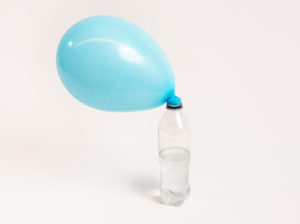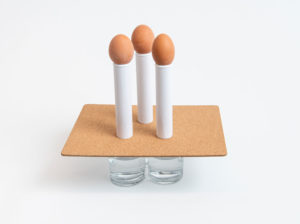wow to wonder
When I was growing up science was all about the big wow moments. I loved experiments that took my breath away. It was the case of the bigger the experiment the more impressed I would be.
I was always excited to recreate the experiments at home but rarely could. This was because the equipment for the experiments I was trying to recreate weren’t available from the local corner shop. So, despite my initial moment of wow, I was always left feeling slightly disappointed.
I didn’t realise it then but this experience was only achieving to alienate me with STEM (science, technology, engineering and maths). The initial wow always remained but the wonder and the thirst to investigate further dissipated as time went on. It put an image in my mind that only certain people could do science.
This experience will have been shared by many others.
Knowing what I know now, this is the exact opposite of what a science capital approach should be. The big wow is, and always will be, impressive in the moment. But the real science is turning that wow into wonder and extending the experience further.
Ultimately science is more than those big wow moments. And as exciting as they appear they don’t always help people see the relevance of STEM in their lives and our learning resources help bring that to the forefront.
Our learning resources are shaped by science capital and researched informed best practice. The format, content and design are all underpinned by over 30 years of our own audience insights and our learning approach to ignite curiosity and questioning around STEM.
These resources aren’t made to compete or detract from our museum objects and experiences but offer a different way for people to relate to STEM and our collections. It’s worth saying that all our learning resources are safe to be done at home.
They don’t break the bank, require a high-tech laboratory but change the way we think. They make us curious and creates a mindset where we want to find out more.
Being able to explore science at home allows us to learn at our own pace in an environment that feels comfortable and where we feel secure to make mistakes. We can let investigations go in the direction we personally want them to and start to see the relevance of it in our everyday lives.
My favourite kitchen science experiments
I’ve done a lot of kitchen science experiments in my time and here are just a few of my favourites.
Blow up balloon without using your mouth

For me blowing up a balloon is something that I’ve always seen done the same way. You either use a pump or find a strong lunged person and they would blow it up with their mouth. Or just blow it up yourself.
This experiment defies prior knowledge of how we blow up balloons and has fantastic everyday links as practically everyone knows what a balloon is. This is a wonderful experiment to introduce the basics of a reactions.
Bouncy egg
Another experiment that defies pre-conceived knowledge. Everyone knows that when you drop a raw egg from any sort of height it breaks and makes a mess. This bouncy egg experiment requires an egg, vinegar and a cup. Then two days down the line, you’ll have a egg that can bounce.
Egg drop trick

The egg drop trick blows my mind every time I see it, even now that I understand all the science. If you’re looking to hit multiple science learning points, then this experiment is one to bear in mind.
The equipment list is things you already have in your home which is perfect for kitchen science and the results are sure to spark more questions to explore.
It’s a simple premise of dropping an egg into a glass of water without touching the egg. Simple but extremely effective.
Be sure to check out all our kitchen science, and the rest of our resources library, on our learning resources page.
Have you tried any of our learning resources? We’d love to hear about your experiences in the comments.